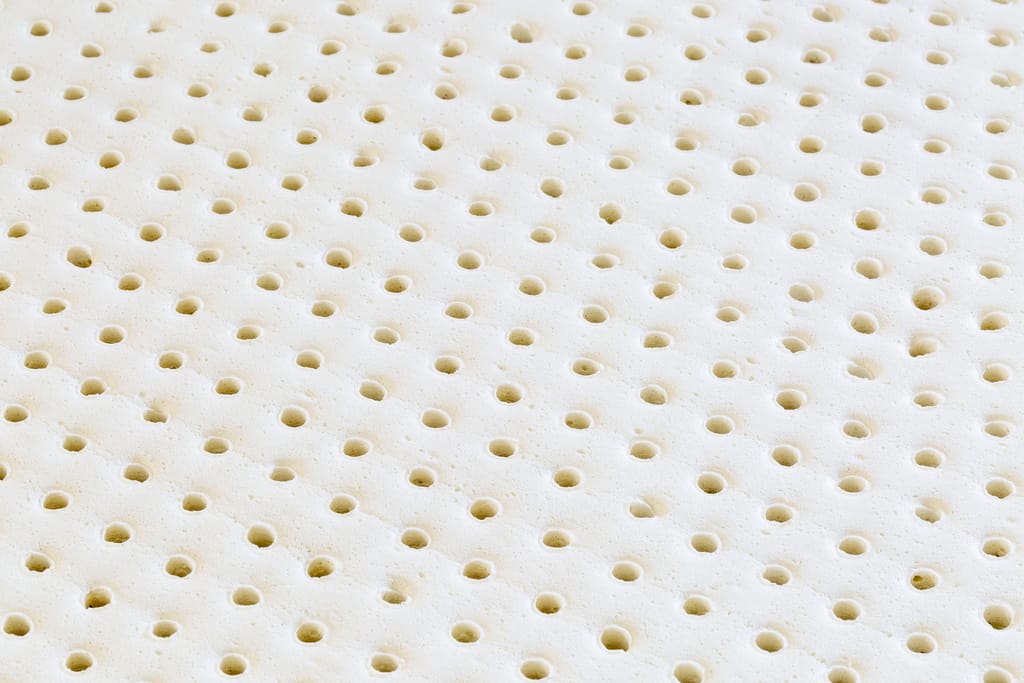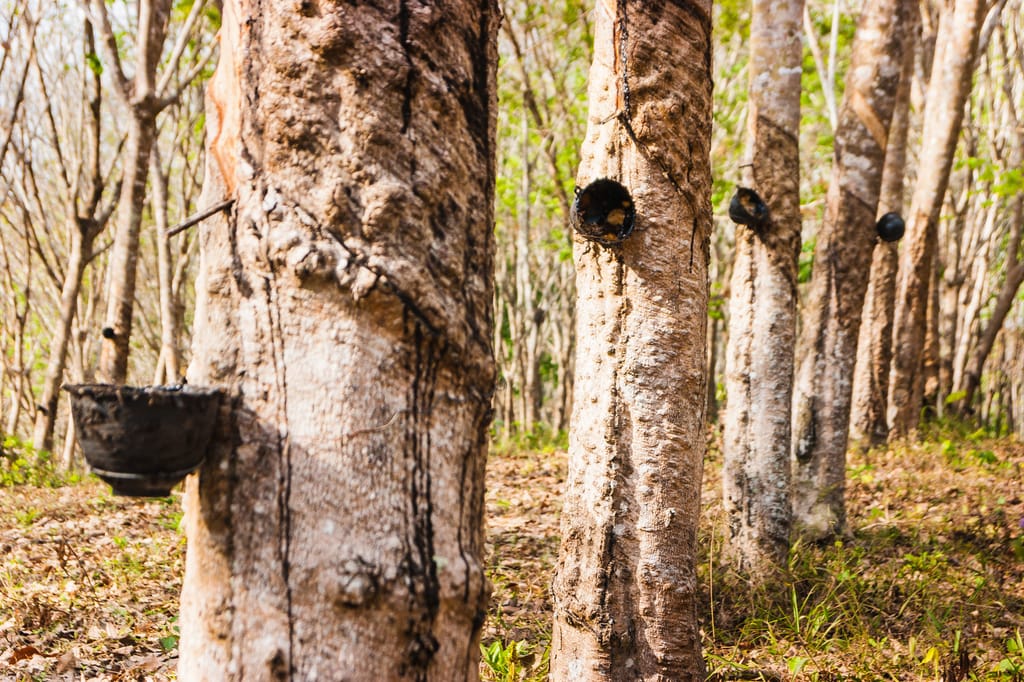What is natural latex?
Natural latex is a type of rubber that is derived from the sap of rubber trees. It is a sustainable, renewable resource that has been used over the ages to craft a variety of products, such as mattresses, pillows, and other items. The product is highly durable, hypoallergenic, and offers a unique level of comfort and support. It is also a great choice for those seeking an Eco-friendly and natural alternative to synthetic materials.
The Benefits
One of the main benefits of sleeping on a natural latex mattress is its high level of comfort. The mattresses are designed to provide pressure relief, helping to reduce tossing and turning during the night. This can help promote a more restful sleep.
Natural latex mattresses are also naturally hypoallergenic, making them a great option for those who suffer from allergies. The material is naturally resistant to dust mites, mold, and other allergens, helping to reduce exposure to these irritants. In addition to comfort and hypoallergenic benefits, the mattresses are also known for their durability.
Natural latex mattresses can last up to 20 years with proper care, making them a great investment for those looking for a long-term mattress solution. The material is naturally resistant to staining and odors, making it easy to keep your mattress looking and smelling fresh for years to come.
Natural latex mattresses are a great option for those looking for an Eco-friendly mattress. These mattresses are made from natural rubber, a renewable resource that is biodegradable and free of harmful chemicals. This makes them a great option for those looking to reduce their carbon footprint and make a more sustainable choice in their mattress purchase.

The types of latex
The most common type of natural latex is called Talalay. It is made from the milky sap of the rubber tree and is processed through a relatively complex manufacturing process. Talalay latex is highly breathable and resistant to dust mites and other allergens. It is also extremely durable and has superior elasticity, making it a popular choice for mattresses and pillows.
Another type of natural latex is called Dunlop. It is produced from the same milky sap as Talalay latex, but it is processed differently. Dunlop latex is denser, firmer, and less breathable than Talalay latex, making it a better choice for those who prefer a firmer mattress.
The third type of latex is referred to as blended. This type of latex is not 100% organic, as it is a combination of organic and synthetic components. This however makes it more affordable than other types of latex. Blended latex is also resistant to dust mites and allergens and is highly durable.
Finally, there is natural latex foam. This type of latex is made from plant-based oils, such as coconut and palm oils. This foam is highly breathable and is resistant to dust mites and other allergens.

Natural latex production
Natural latex is a renewable resource and is made from the rubber tree, which is a sustainable source of raw material. Unlike its synthetic counterpart , which is derived from petroleum-based chemicals, this resource is made from a completely natural source. This means that its production does not release any harmful pollutants or toxins into the environment.
Another benefit of natural latex production is that it is energy-efficient. The rubber tree itself is a renewable resource, so the process of harvesting and manufacturing the raw materials does not require any electricity or fuel.
Natural latex production produces a product that is biodegradable; it breaks down naturally over time and does not leave any hazardous waste behind. This makes it a much more Eco-friendly option than other materials, as it does not contribute to the growing problem of landfills or pollution.
Conclusion
Natural latex is a sustainable material that offers many advantages such as being hypoallergenic, breathable, and highly durable. It is an ideal material for mattresses, pillows, and other bedding products, as well as for furniture and clothing. It is an environmentally-friendly alternative to synthetic materials and can provide a comfortable, supportive, and long-lasting sleeping experience.
Reference
- A. (n.d.). What is Natural Latex? – Natural Latex Pillow. https://latex-bedding.com/what-is-natural-latex/
- Articles. (n.d.). https://www.heveya.com/heveya-media/articles/49-organic-vs-natural-latex
- McLean, H. (2023, March 1). Natural Latex Explained. Medley. https://medleyhome.com/blogs/gather/eco-friendly-sofas-natural-latex-explained